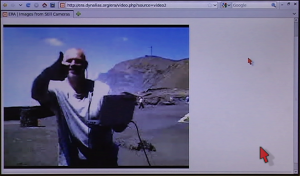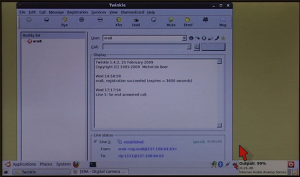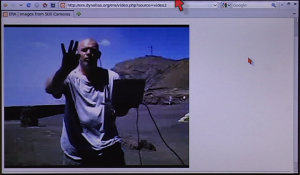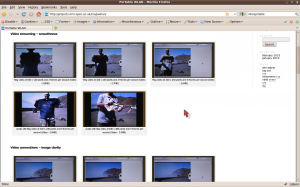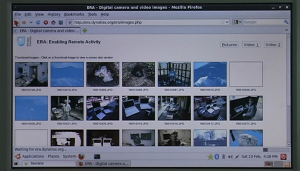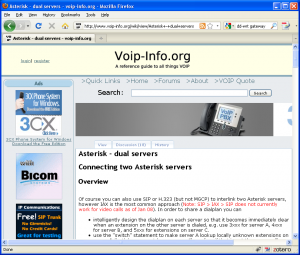
IAx Dual Server - Peer to User configuration for registering an Asterisk server with a dynamic IP with a static IP Asterisk server.
We’ve been developing VoIP support for ERA in the Portable VoWLAN Project (funded by JISC). JANET, through their Portable WLAN Programme, are helping us to investigate backhaul links so that our field students could access resources over the internet.
We’ve recently been using IAX2 to connect two Asterisk servers. Initially, the two Asterisk machines were on fixed IP addresses and all was working well. However, we wanted to arrange things so that one of the servers could be running on a netbook and connecting to the internet with a dynamic IP address (either through ADSL, a 3G mobile broadband connection, or a satellite link).
After a little hunting we came across the Asterisk – dual servers page on the voip-info.org wiki. Following their guidelines for users and peers we now have a (dynamic IP) field site Asterisk server that can connect and register with our (fixed IP) base server. Now anyone in the field can talk to anyone on the OU network.
Continue reading →
